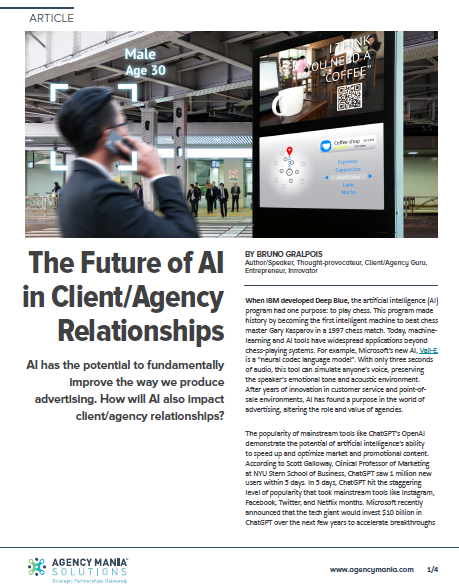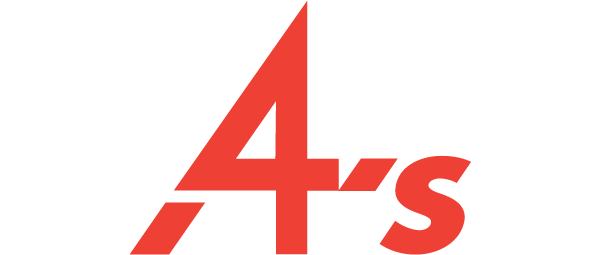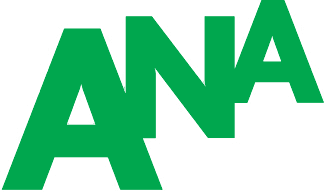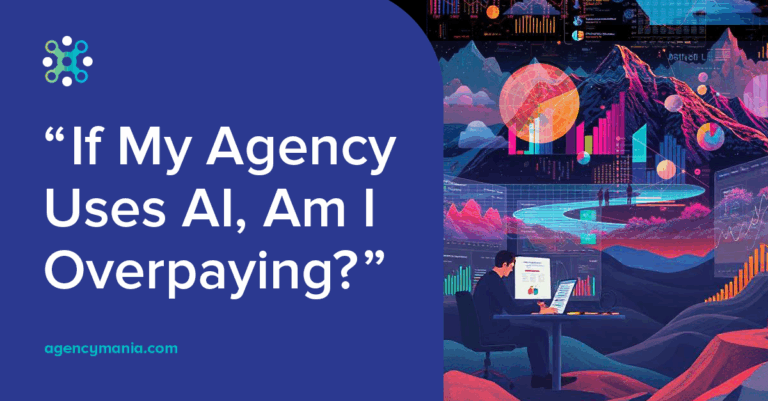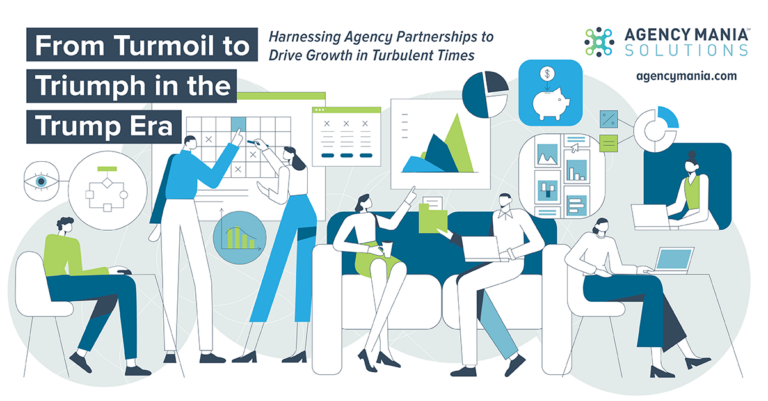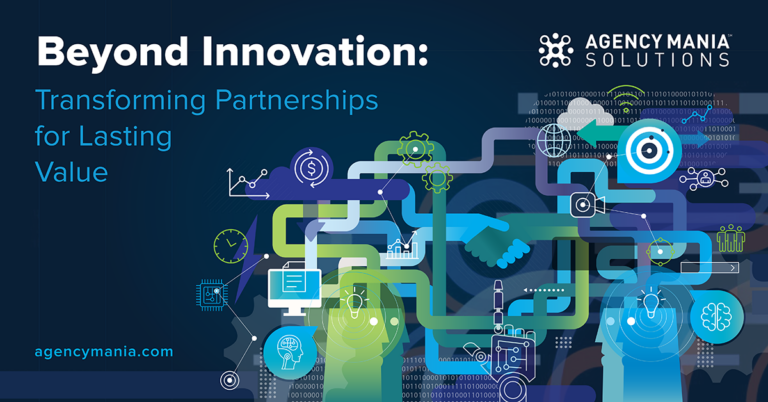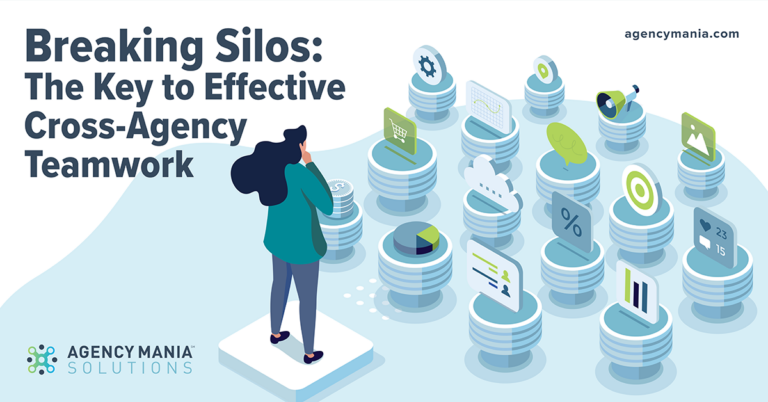AI has the potential to fundamentally improve the way we produce advertising. How will AI also impact client/agency relationships?
When IBM developed Deep Blue, the artificial intelligence (AI) program had one purpose: to play chess. This program made history by becoming the first intelligent machine to beat chess master Gary Kasparov in a 1997 chess match. Today, machine-learning and AI tools have widespread applications beyond chess-playing systems. For example, Microsoft’s new AI, Vall-E, is a “neural codec language model”. With only three seconds of audio, this tool can simulate anyone’s voice, preserving the speaker’s emotional tone and acoustic environment. After years of innovation in customer service and point-of-sale environments, AI has found a purpose in the world of advertising, altering the role and value of agencies.
The popularity of mainstream tools like ChatGPT’s OpenAI demonstrate the potential of artificial intelligence’s ability to speed up and optimize market and promotional content. According to Scott Galloway, Clinical Professor of Marketing at NYU Stern School of Business, ChatGPT saw 1 million new users within 5 days. In 5 days, ChatGPT hit the staggering level of popularity that took mainstream tools like Instagram, Facebook, Twitter, and Netflix months. Microsoft recently announced that the tech giant would invest $10 billion in ChatGPT over the next few years to accelerate breakthroughs in AI. These revolutionary technologies have ignited widespread excitement. A 2022 McKinsey survey shows that AI adoption has more than doubled over the past five years.
Does ChatGPT work well? You be the judge. I used OpenAI to write this poem about advertising which it produced within seconds:
Advertising, a craft so sly A tool for selling, a way to buy A clever guise to make a pitch In hopes that you'll take the switch It's everywhere, in every form TV, radio, print, and social norms It's hard to escape, it's hard to ignore But it's a game we must endure Advertising, a double-edged sword It can do good, it can be a bore It can inform, it can persuade But it can also be a masquerade So beware, as you consume Be mindful of the messages you assume Take the time to critically think And choose wisely, what you'll drink
Top AI tools for advertising
The race towards the future is under way and moving at lightspeed. AI-driven tools now make image production and content creation easier and faster, whether that content is text, images, 3D graphics, music, videos, or audio. AI technology is uniquely scalable and adaptable. Constantly in learning mode, artificial intelligence tools leverage their vast and complex neural networks in a way that humans never could. These generative AI tools range from Chatbots to image generators:
- OpenAI’s ChatGPT (https://chat.openai.com/chat) is a dialogue-driven interface using advanced artificial intelligence techniques. This smart search engine provides clear, instant, and humanlike text-based answers to questions or queries based on natural language.
- OpenAI’s Dall-E 2 (https://openai.com/dall-e-2/) is an AI system that can create realistic images and art from a description in natural language. From almost any query, the bot can combine concepts, attributes, and techniques to produce content in a range of styles. It can add and remove elements while expanding images beyond their original canvas, creating diverse variations and striking, new compositions.
Some AI tools are specifically focused on the advertising industry, enabling users to create a variety of content including: captions, marketing copy, blog posts, web content, images, social media ads, emails, YouTube and TikTok video scripts, and SEO content. They can be integrated with various data-rich tools and social media platforms like Facebook or Google to speed up the content creation process. These tools are highly collaborative by design and can measure the performance of assets:
- ai (https://www.adcreative.ai/) allows conversation-focused ad creatives and social media post creatives in a matter of seconds using AI. This tool can generate creative assets, texts, headlines, and insight. The use of this technology enables users to increase conversion rates up to 14 times compared to creatives that are not data-backed.
- Jasper (https://www.jasper.ai/) features an AI Content Generator that helps agencies and brands–over 100,000 individuals–create all types of content in 26 different languages. The company claims that its content creation is ten times faster than traditional methods. The Jasper Chrome extension allows users to create content directly within social media platforms.
- Omneky (https://www.omneky.com/) is an AI-driven, cross-platform creative designed to produce personalized ads powered by OpenAI. Omneky is organized under a centralized hub and relies on actionable insights to optimize results.
There are many other solutions claiming to use AI for content marketing, analytics, programmatic buying, ecommerce, email marketing, chat, and messaging, including GumGum, Surfer, HubSpot SEO, Boomy, Evolv AI, and Acrolinx. Other AI tools are built by agencies for their clients and are not intended for public use. For example, the largest U.S. media agency, Horizon Media, recently launched Neon. According to the firm, this new platform utilizes proprietary AI and automated predictive analytics to plan and buy media 20% more efficiently than humans can.
Controversy, ethical, and legal concerns
Plagiarism is a major controversy for AI technology. AI has been popular in academia, as high school and college students use it to successfully cheat on various writing assignments. Are junior copywriters or creative talent who leverage AI tools to produce taglines, headlines, blog posts, articles or any marketing content similarly guilty of plagiarism? The controversy surrounding this technology highlights a desperate need for greater transparency and raises several ethical and legal questions. Will we see a proliferation of AI-based ad campaigns in the years to come? Even if the output has been modified to avoid plagiarism detection, should users have to disclose their use of AI tools? From a copyright perspective, who ultimately has ownership of the content created? Is it better to buy a stock image or to use inexpensive text to image AI tools to produce a compelling visual?
Projects using AI are already making headway. Produce marketer Avocados From Mexico is leveraging ChatGPT as part of its Super Bowl campaign. A QR code included in its 30-second ad spot links to a landing page integrated with the popular generative AI tool, offering users educational content about avocados. Other examples of marketing using AI tools come from And Us, Hardee’s, Droga5, the New York Times, Ogilvy Paris, Nestle’s La Laitiere, 2Player, Storied, and Rethink. Even actor Ryan Reynolds used ChatGPT to create script for his Mint Mobile commercial.
The use of AI has prompted complaints and concerns. According to a new Ad Age and Harris Poll study, 67% of U.S. adults agree they are concerned about the safety of generative AI technology. Companies like Microsoft have published their principles and standards for responsible AI to shape the way their company designs, builds, and tests AI applications. These principles demonstrate the importance of embracing diverse perspectives and encouraging continuous learning. These standards aim to ensure fairness and inclusiveness, reliability and safety, privacy and security, and accountability and transparency. Without adequate filters and policies, it’s reasonable to fear that this powerful technology could do harm.
The technology currently has limitations based on its data model. For example, ChatGPT states on its site that its tools “may occasionally generate incorrect information,” “may occasionally produce harmful instructions or biased content,” and may have “limited knowledge of world and events after 2021.” Lacking human interpretation, judgment, and decision-making, these AI tools have the potential of producing offensive or insensitive content. Copyright and legal issues are likely to mount as commercial usage increases. These drawbacks are a sound reminder that technology should aim to create meaningful experiences for consumers rather than large volumes of content. It requires non-robotic thoughts, beliefs, and emotional connections to create these experiences.
Impact on the client/agency relationship
Will AI replace what agencies do for brands? Should anyone at agencies fear that AI will take their job? Will brands use that technology to create their own campaigns without requiring the support of their agencies? The answer is no. However, AI will undeniably play a role in helping accelerate and improve the quality of creative assets.
It might be used to generate ideas, improve client input briefing, and experiment. It might be used to do rapid prototyping to test ideas before they are used to go to market. It might be used to conceptualize ideas and have something more tangible to share with clients. It helps them save time, money, and efforts by generating multiple variations of concepts within seconds. It allows to brainstorm, test new ideas at an early conceptual stage. AI will not replace jobs, no more than computers did when they first appeared, unless the work you do is repetitive, predictable, task-oriented, time-consuming and does not require the use of instinct or professional judgement. But technology has transformed the way we work, collaborate, and communicate. So will AI for years to come. Agencies can play a significant role in making AI a core part of their offering.
Brand advertisers should ask the following questions to their agencies:
- Are you currently using AI or planning to do so? What are you using it for?
- What AI technology do you use, and how does it work?
- What policy do you have in place to ensure responsible use of AI?
- What specific training are you providing to employees?
- Can you provide examples of AI-generated content you have produced for other brands?
- How do you ensure that the content generated is original and not plagiarized?
- How do you ensure the content produced aligns with our brand voice and tone?
- How do you handle any necessary revisions or changes to the content generated by AI?
- How do you measure the performance and effectiveness of AI-generated content?
- Can you provide data and insights to support the ROI of using AI for content creation?
- What performance improvement are you hoping to achieve?
- What is your process for ensuring that what is produced complies with all legal and ethical standards?
AI has the same potential to change how creativity takes shape, how we source ideas, how we brainstorm, how we express these ideas with language or visuals. Technology is intended to augment and assist the human touch and expertise throughout. AI can truly revolutionize how we work, from ideation; content creation; campaign measurement and analytics; targeting and customer segmentation; research, insights, and planning; ROI analysis and optimization, and more. AI can provide a competitive edge to those who learn to leverage it efficiently. The use of AI in advertising and marketing is still in its infancy but has tremendous potential to profoundly change how we do advertising and how we add value.
A key pillar in the Toyota Production System is Jidoka, or “autonomation” (a combination of the words autonomous and automation), which translates into “automation with a human touch.” When used responsibly, AI is automation with a human touch and can make people better at what they already do. It may take several years for the smart use of technology to evolve and for humans to be smart enough to learn to fully leverage it to augment or enhance their skillsets. Once again, the greatest limitation of technology may be human in nature. But in the right hands, with the right skills, it has limitless potential. As OpenAI reminds us about advertising: Take the time to critically think, choose wisely what you’ll drink.
— Read our article posted on Spiceworks —
— Read our article posted on 4A’s —
— Read our article posted on Association of National Advertisers —
By Bruno Gralpois, Author/Speaker, Thought-provocateur, Client/Agency Guru, Entrepreneur, Innovator

